
My personal pet peeve is when a brand uses terms like eco-friendly or sustainable or ethical without really providing any concrete explanations or evidence. It’s something we call ‘greenwashing’ and the reason we, as users, are so susceptible to it is because we honestly haven’t scratched the surface of sustainability. We love products that are biodegradable, even though that means generating greenhouse gases, or products that are recyclable, even though they probably end up in landfills. The key to understanding sustainability is to understand that there are different kinds of sustainable practices – four of which are covered rather wonderfully by FROLIC Studio’s series of smart speakers.
Titled “One smart speaker, four circular tunes”, the project looks at different kinds of sustainability by intervening at different stages of the circular economy. All four speakers sport a similar design, but are made differently, with different materials, and help educate users (and even designers) about how to approach sustainability in a manner that makes the most amount of sense. “There is no one-fits-all solution to decrease the impact products have on our planet, but some design strategies can bring around better outcomes,” say the folks at FROLIC Studio. The choice for a smart speaker was a rather clever one too, given that worldwide, smart speaker sales are predicted to reach over 400 million by 2025… but there’s really no consensus on how they’re going to be disposed of after their life cycle. Through this design exercise, FROLIC Studio has a few great ideas.
Designer: FROLIC Studio
Designed for Longevity
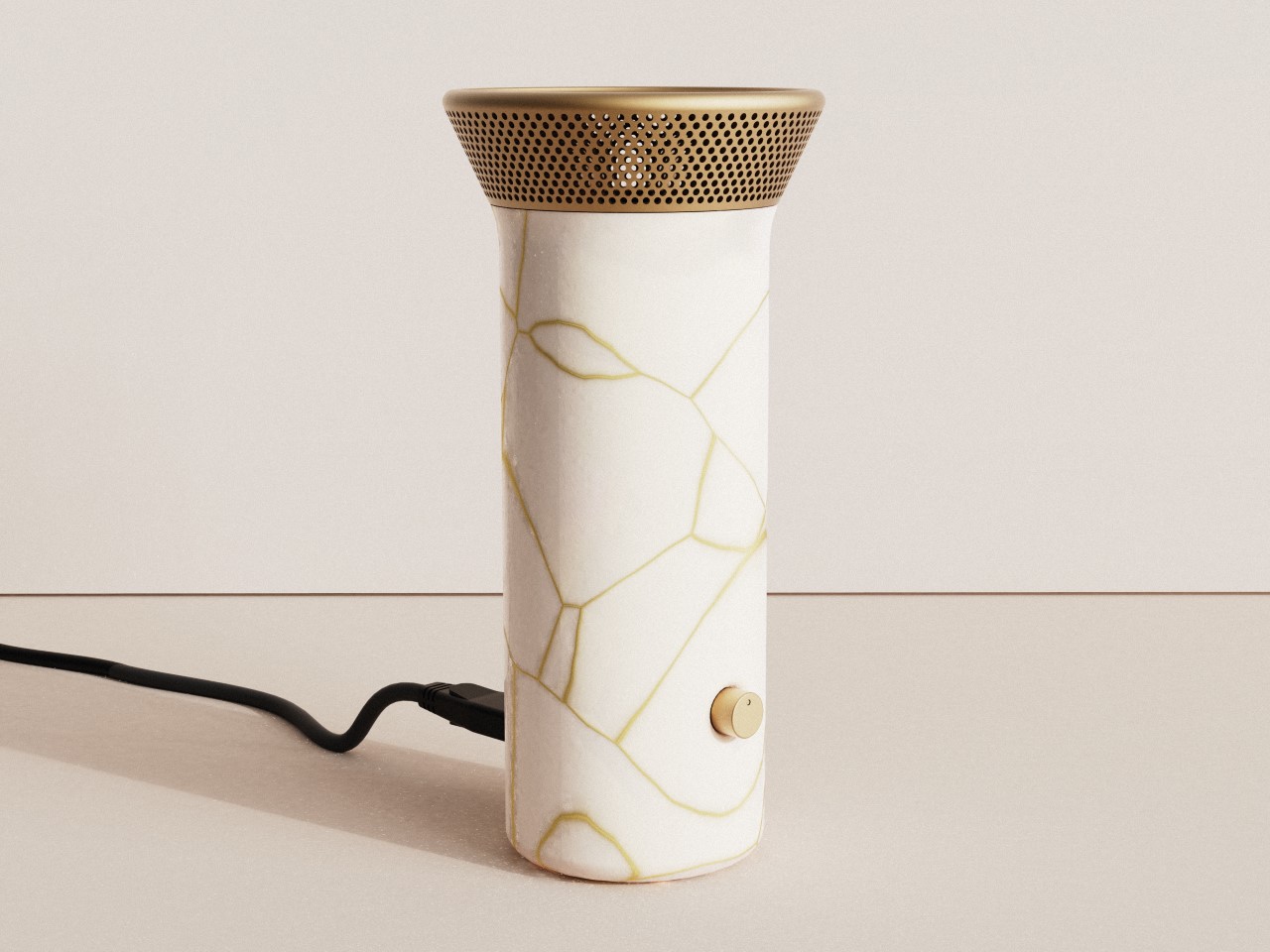
The first speaker explores what is probably the easiest form of sustainability – longevity. Products are designed to go obsolete so that companies can then sell new ones and make a profit. Eliminate the planned obsolescence and you suddenly eliminate waste. If you make a product so reliable that it lasts for decades, people will be hard-pressed to throw it away. It’s why watches, cameras, radios, and toasters from the 1940s still work so remarkably well even today. Built on similar principles, this speaker uses materials like brass and porcelain to provide an almost heirloom-like quality that makes it worthy of being passed down from one generation to the next. The speaker features a chassis on the inside with tried-and-tested audio components from decades ago that have proven to be reliable over time, with a removable and replaceable connectivity module to give the speaker its smart abilities. The ceramic outer shell also presents a unique kintsugi opportunity. If the speaker ever falls and breaks, the outer layer can be pieced together and restored in the famous Japanese ceramic repair style, helping give the product a second chance, and an evolved character.
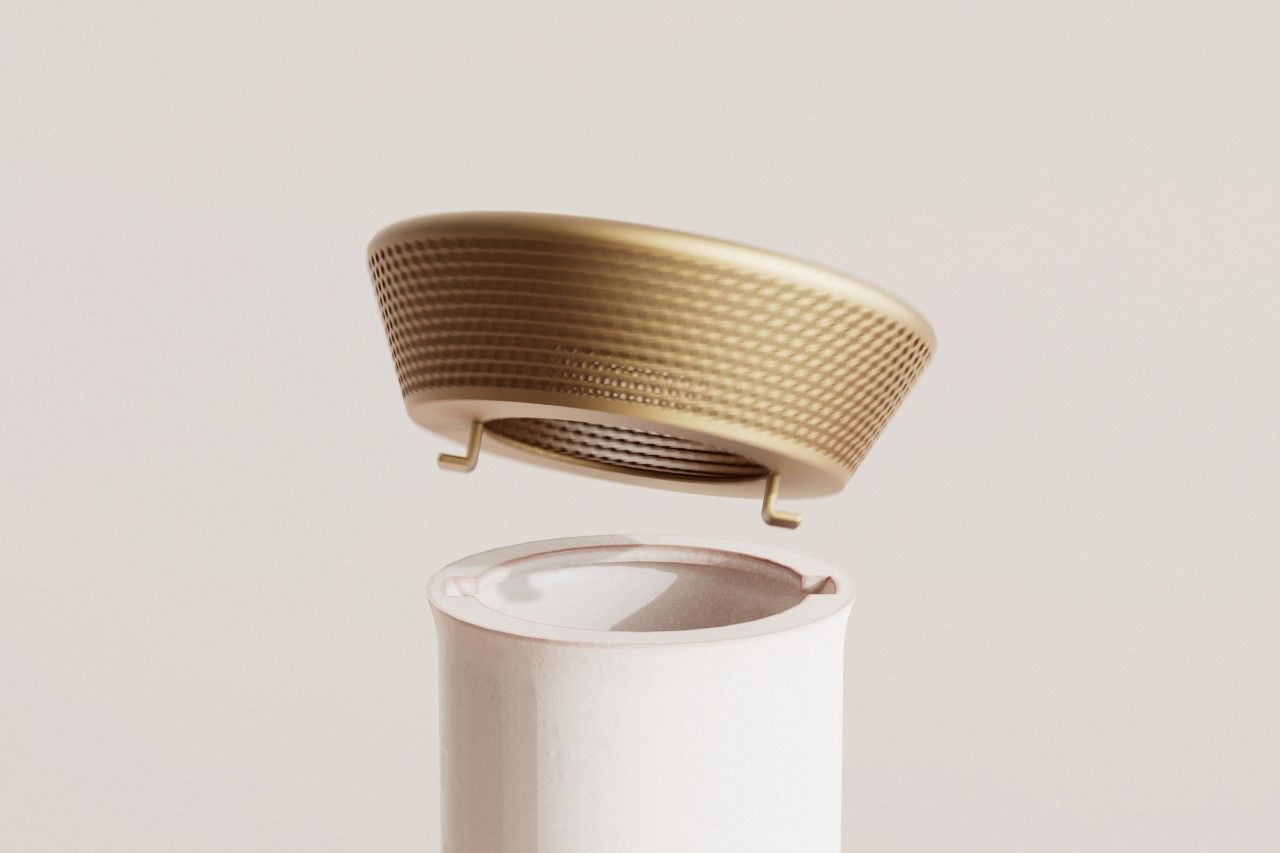
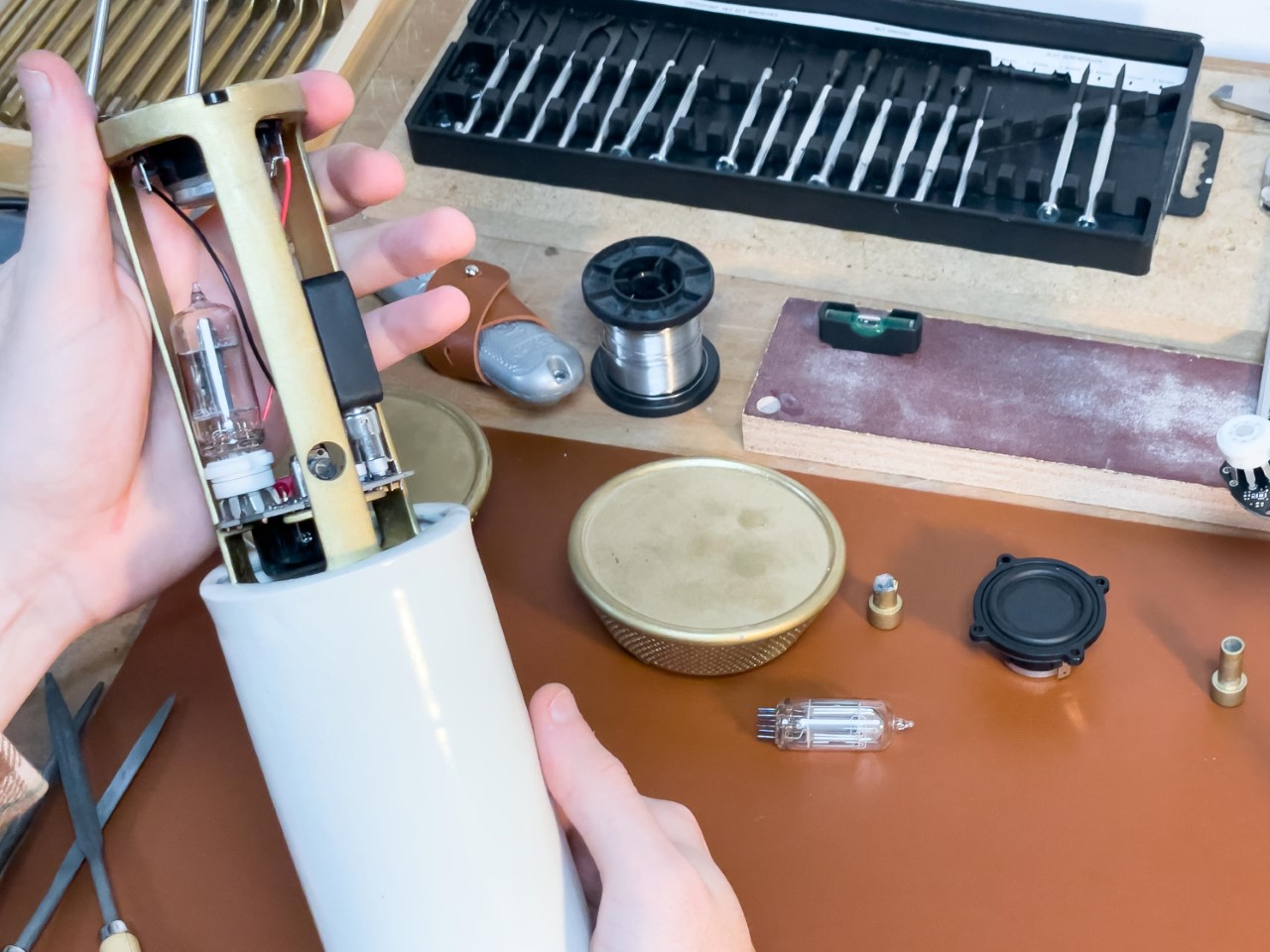
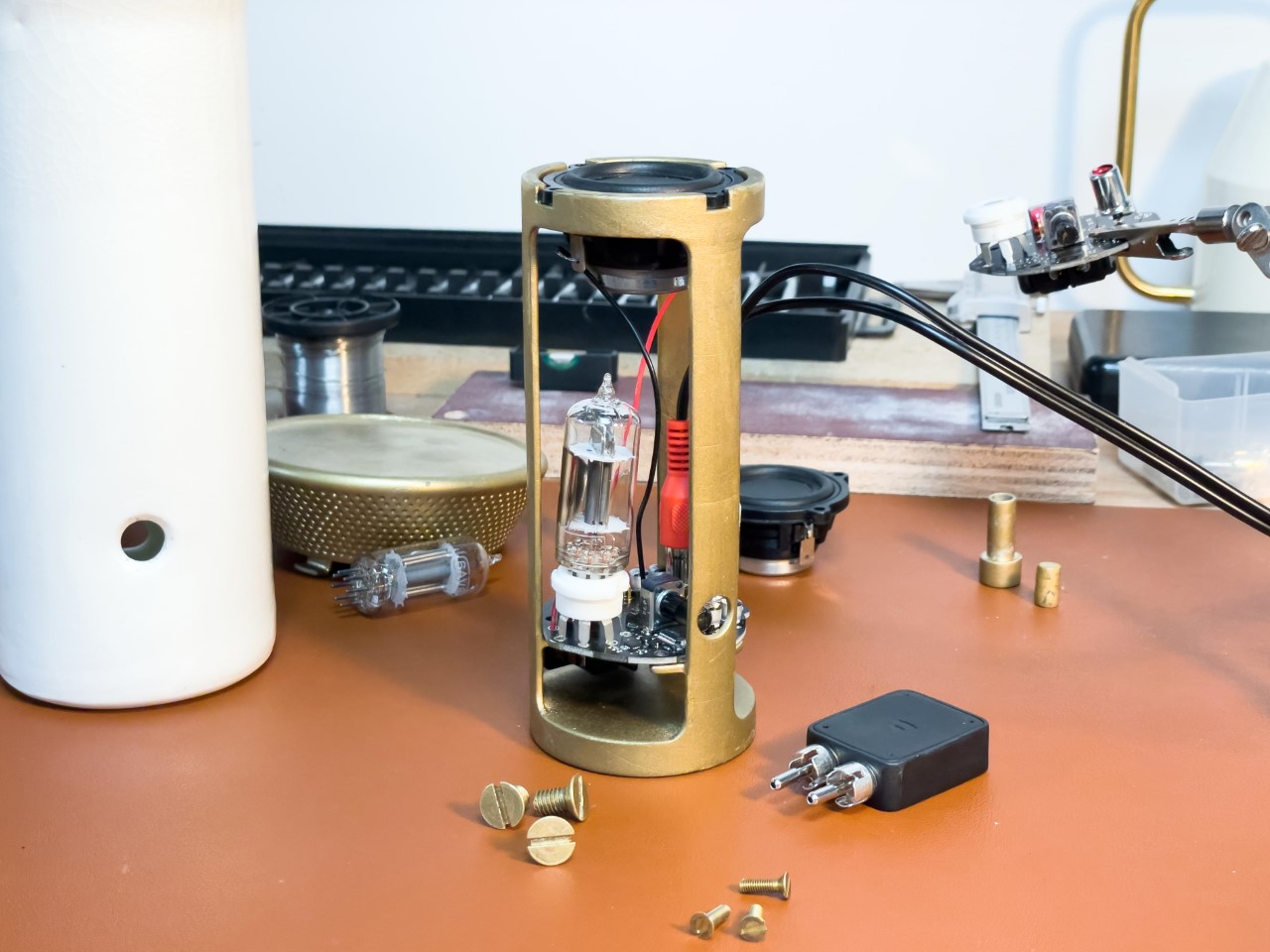
Designed for Reducing & Recycling
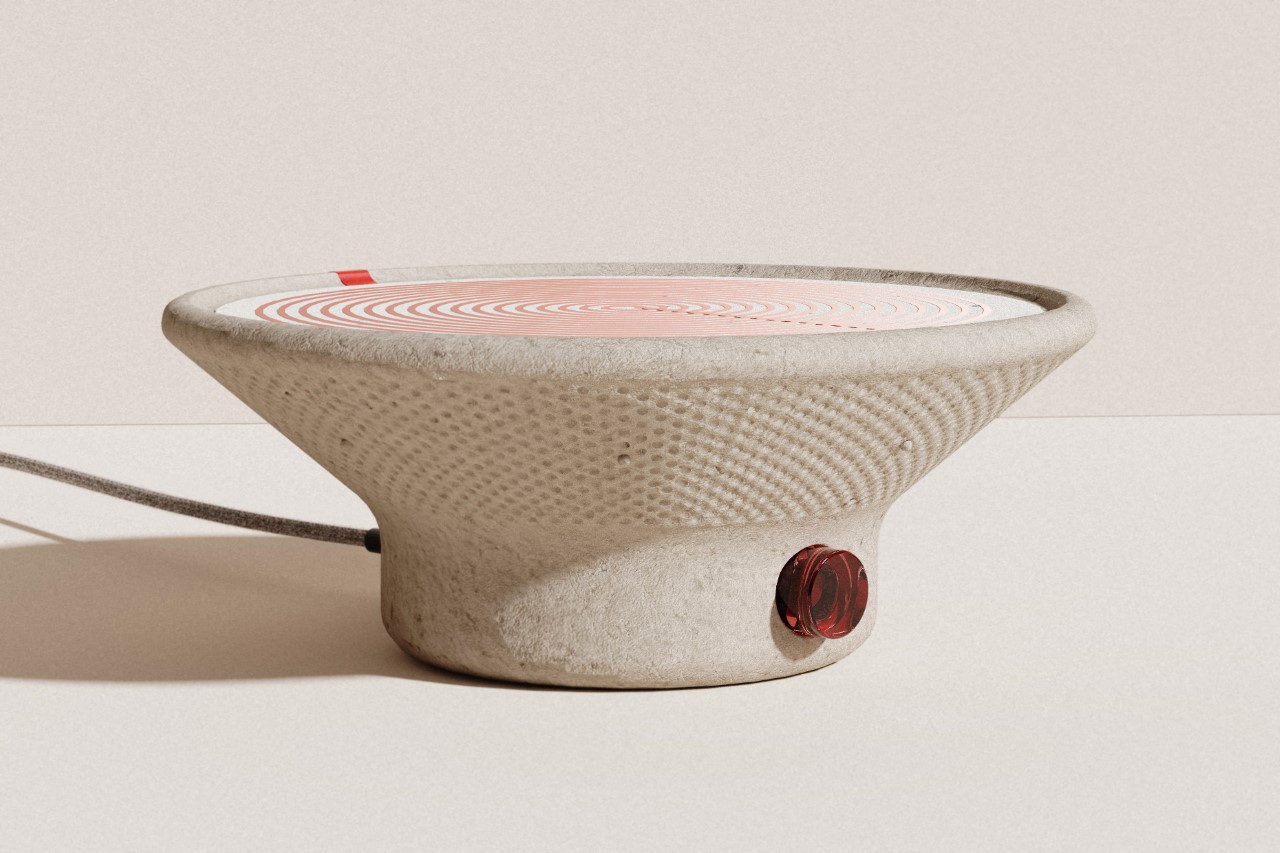
Recycling is perhaps one of the most tricky forms of sustainability because of all the moving parts and the need to handle each component separately, but this concept by FROLIC presents a structured, clever approach that almost anyone can do. The speaker uses a combination of recycled and recyclable materials, with a detailed instruction card that tells you how to effectively dispose of the speaker when its life cycle has ended. The speaker’s outer body is made from compression-molded paper fibers or papier mâché – an abundant, inexpensive, and recyclable material that requires little energy during production. The speaker uses a paper membrane too, on which an easy-to-separate copper coil is mounted. To recycle, simply peel the red tab to detach the paper membrane and reveal the instructions below. No fixture on the speaker is permanently attached, making the entire speaker easy to disassemble and separate into recyclables and biodegradable parts, which can then be disposed of appropriately.
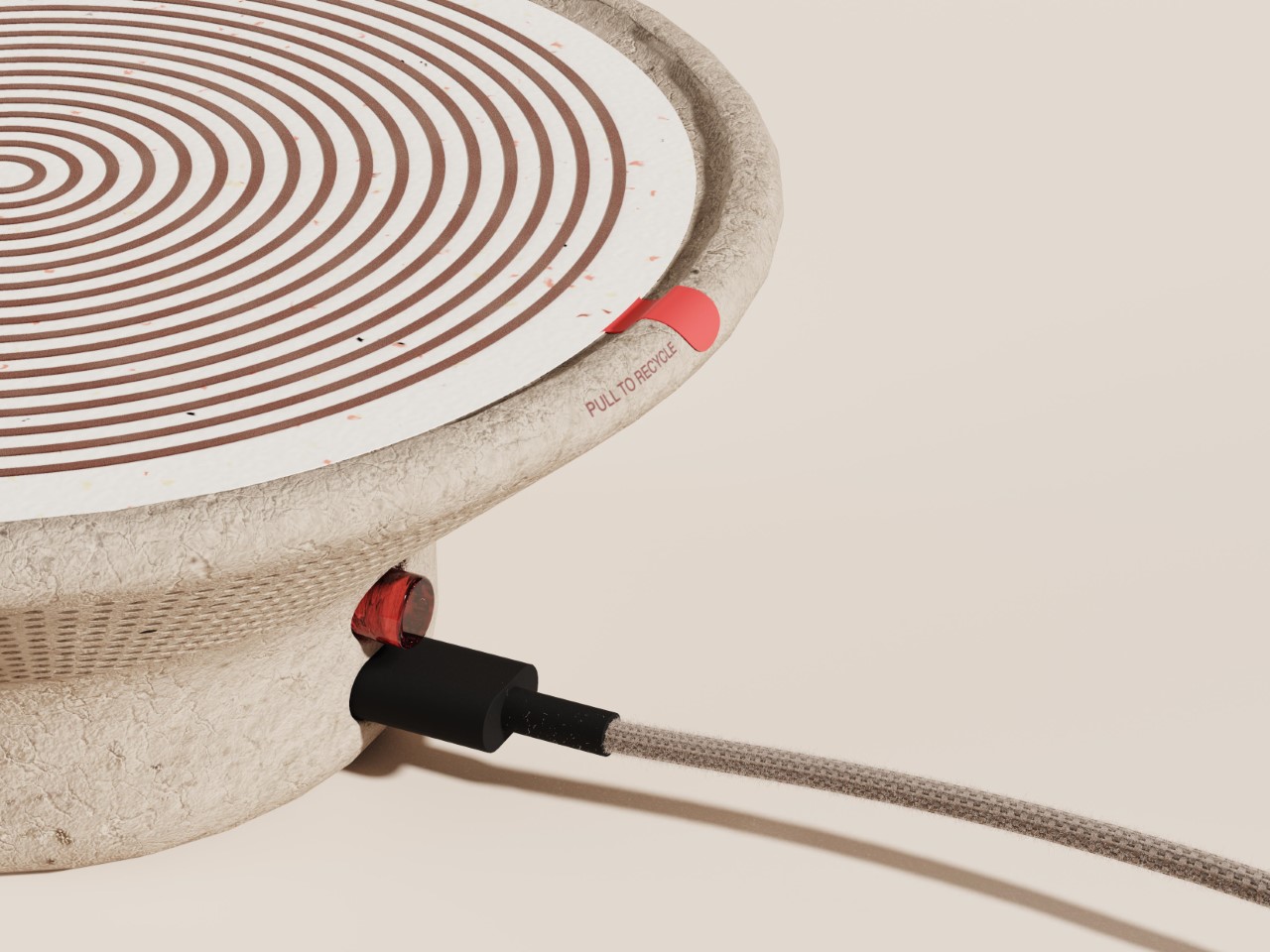

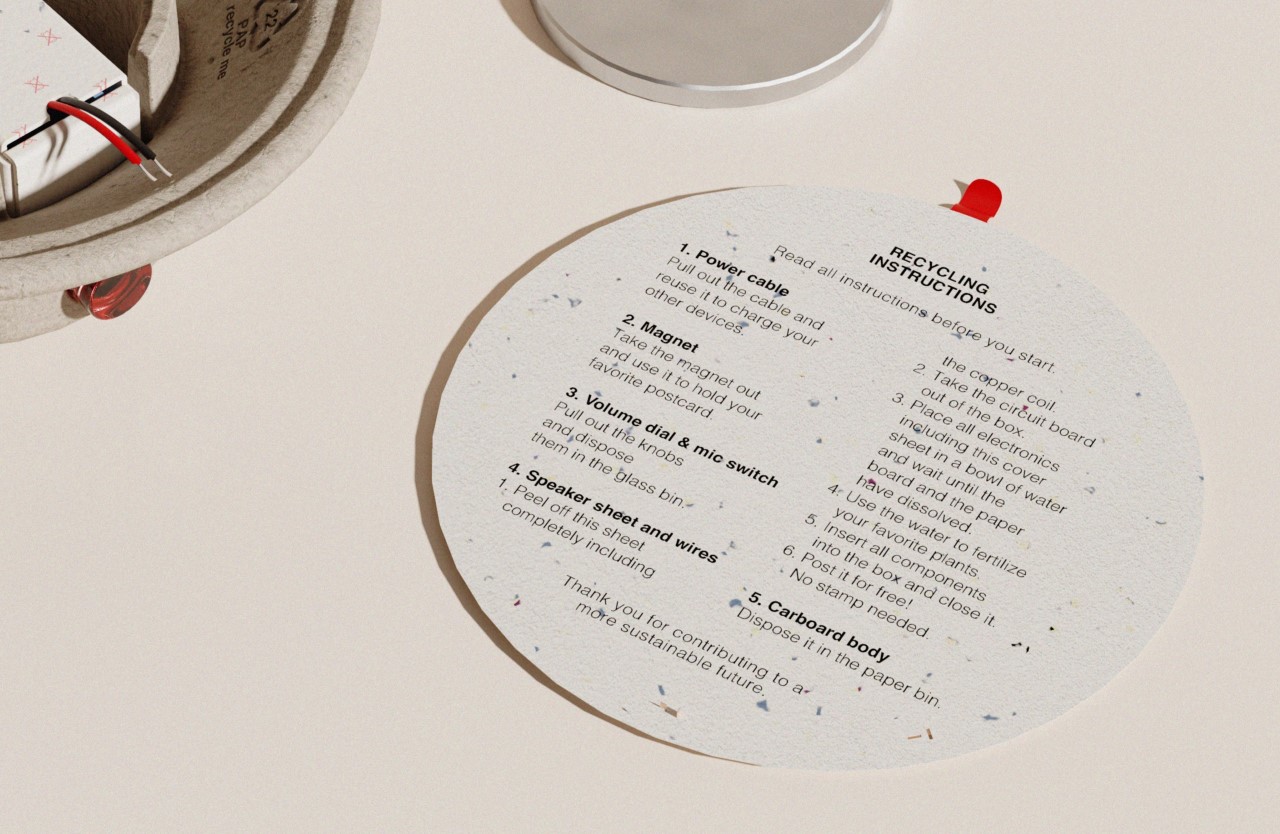
Designed for Remanufacturing
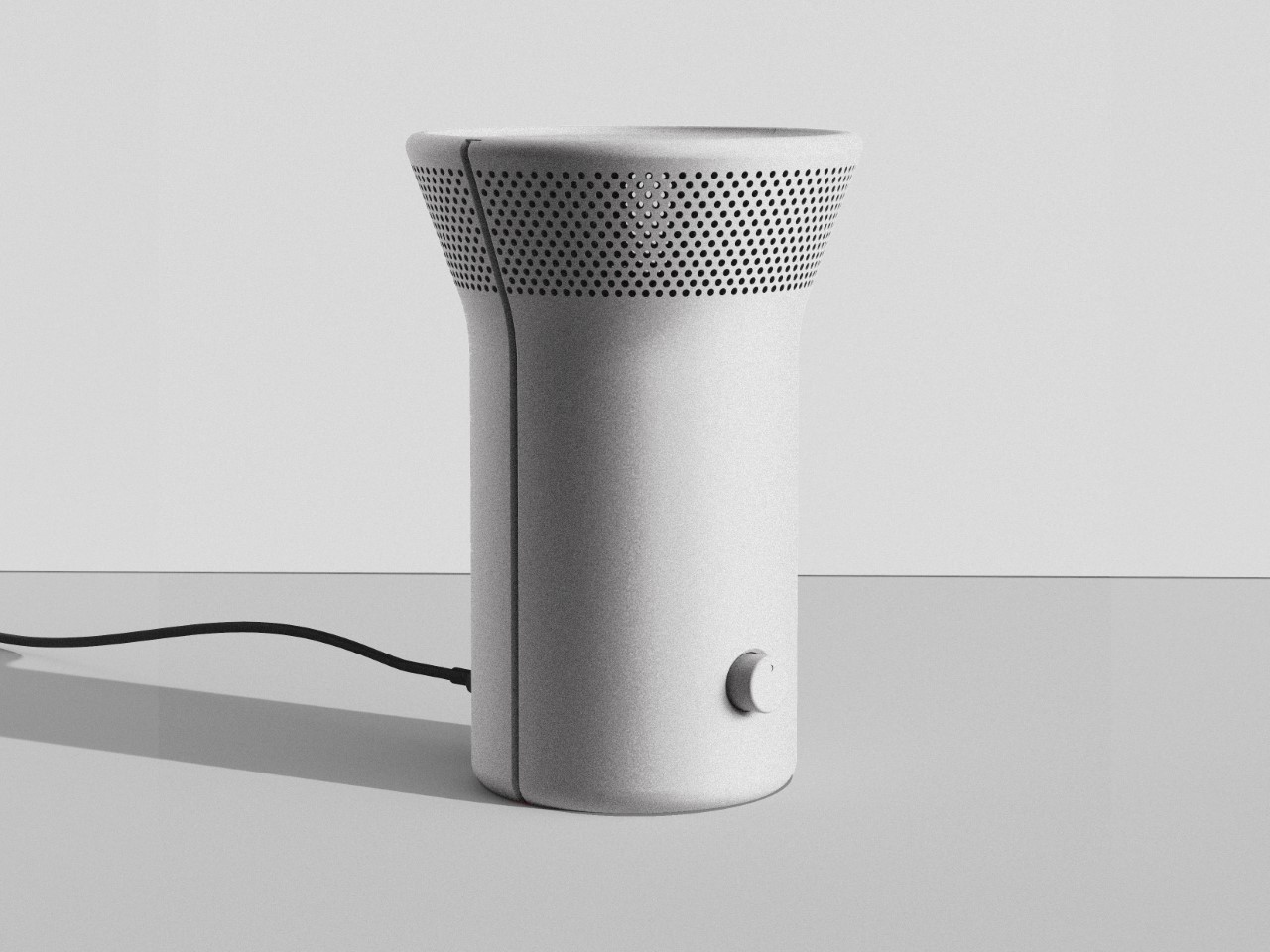
Remanufacturing is simply the process of reusing old components in new products with a few minor tweaks – quite like how the iPhone SE series just uses its chassis, glass panels, and home buttons from older iPhone models that Apple collected back from users. This speaker works on a similar principle, incentivizing returns to the manufacturer with an accessible take-back service. “A percentage of the speaker’s retail price consists of a take-back deposit you can claim upon returning the product – just like for your glass bottles”, say the folks at FROLIC. “The speaker’s QR code connects you to the digital take-back platform, where you could eventually purchase a new or remanufactured speaker.” The speaker has a minimalist design, featuring easily detachable components and no adhesives or welding for easy disassembly. A metal pin holds the two housing halves and all other speaker parts together. By using a powerful magnet, the pin can be removed, allowing all parts to be separated quickly and effortlessly in a single motion.
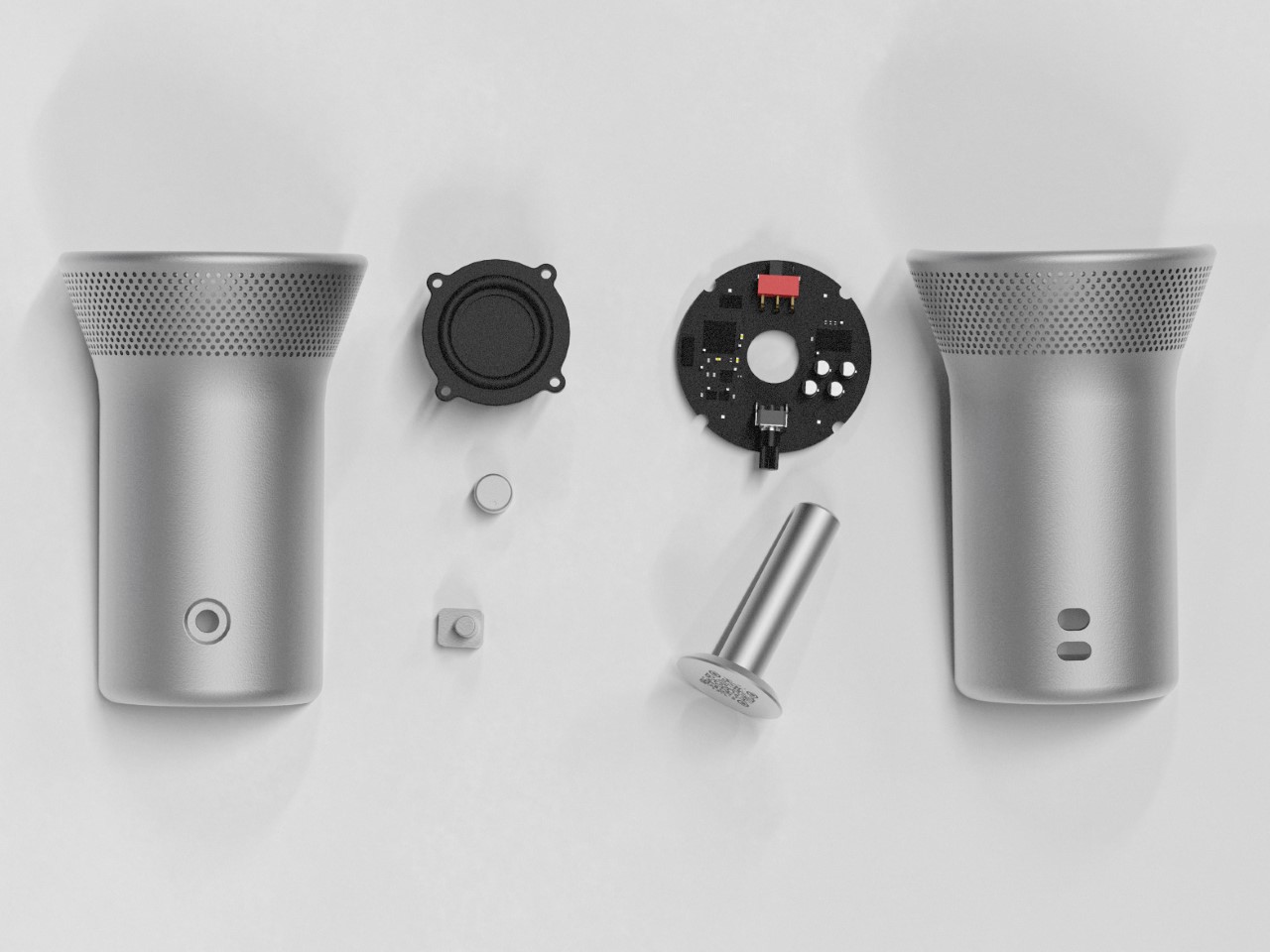

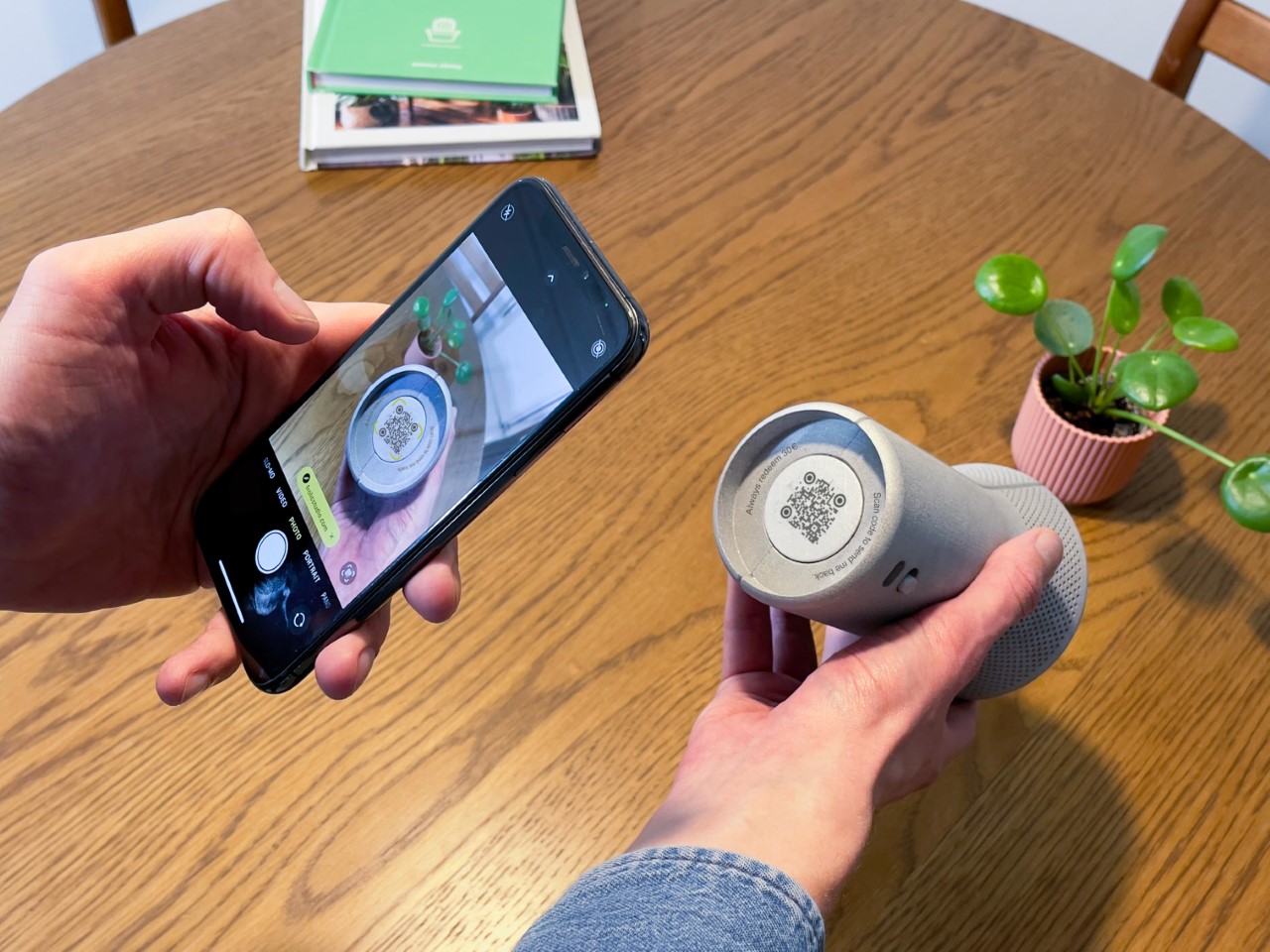
Designed for Repair & Upgradability
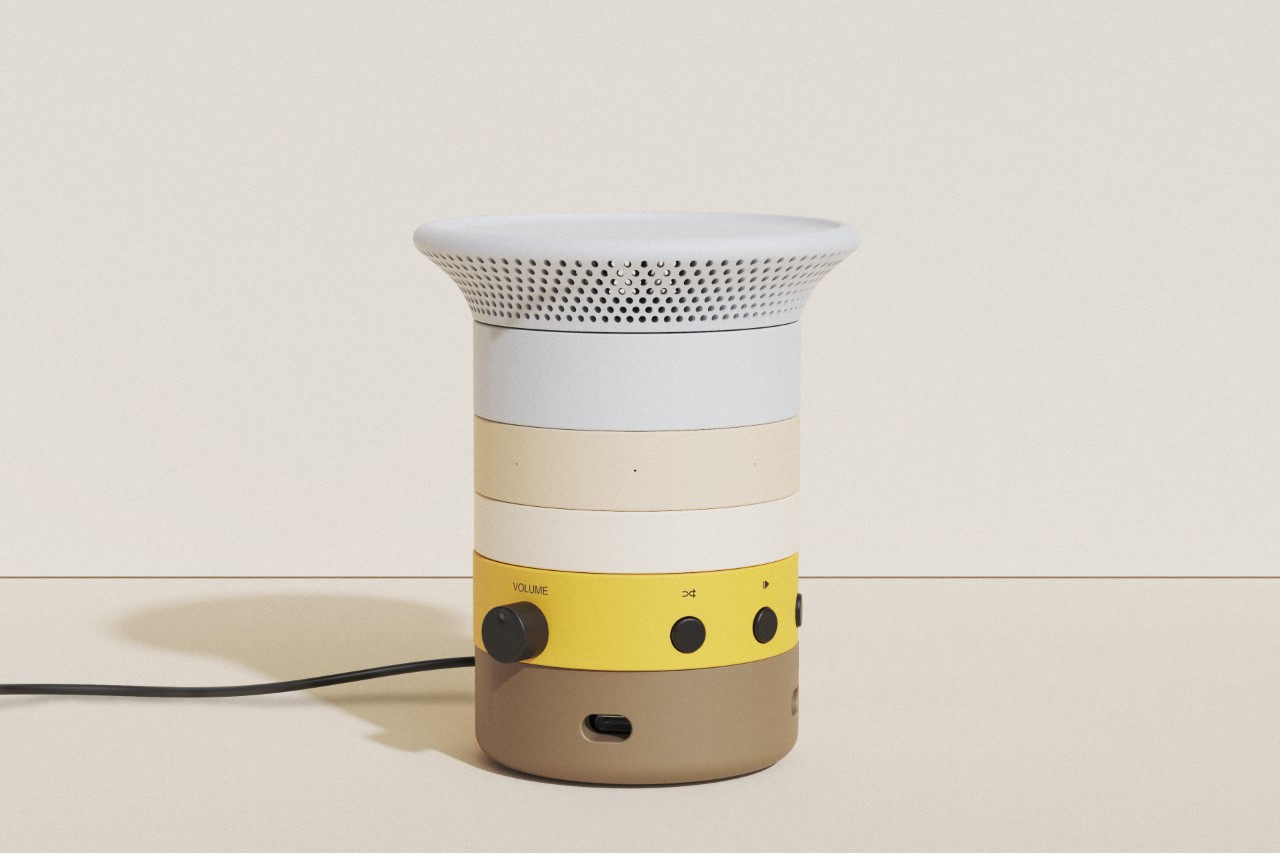
PhoneBloks, meet speaker design! This concept builds on the spirit of modularity, allowing you to simply swap out a component when it’s broken or obsolete instead of throwing the entire device out. Stacked together like the audio equivalent of Pringles chips, this speaker concept separates its functions into multiple parts, allowing you to repair and upgrade as you go. The speaker comes with its bare-basics design, but lets you upgrade it by adding modules for extra bass, a microphone, EQ controls, WiFi and cloud connectivity, etc. The modules screw into each other with a simple twist-to-lock design and pogo-pins that electronically connect them. You can even interlink two speakers via a cable to create stereo pairs, proving that there’s really no limit to modularity! A QR code at the bottom of each module leads you to the self-assessment repair tool. The hardware schematic is open source, the chips and components are off-the-shelf, and connecting the speaker to a laptop allows you to run a complete diagnosis while also accessing a list of nearby repair shops or DIY video tutorials.
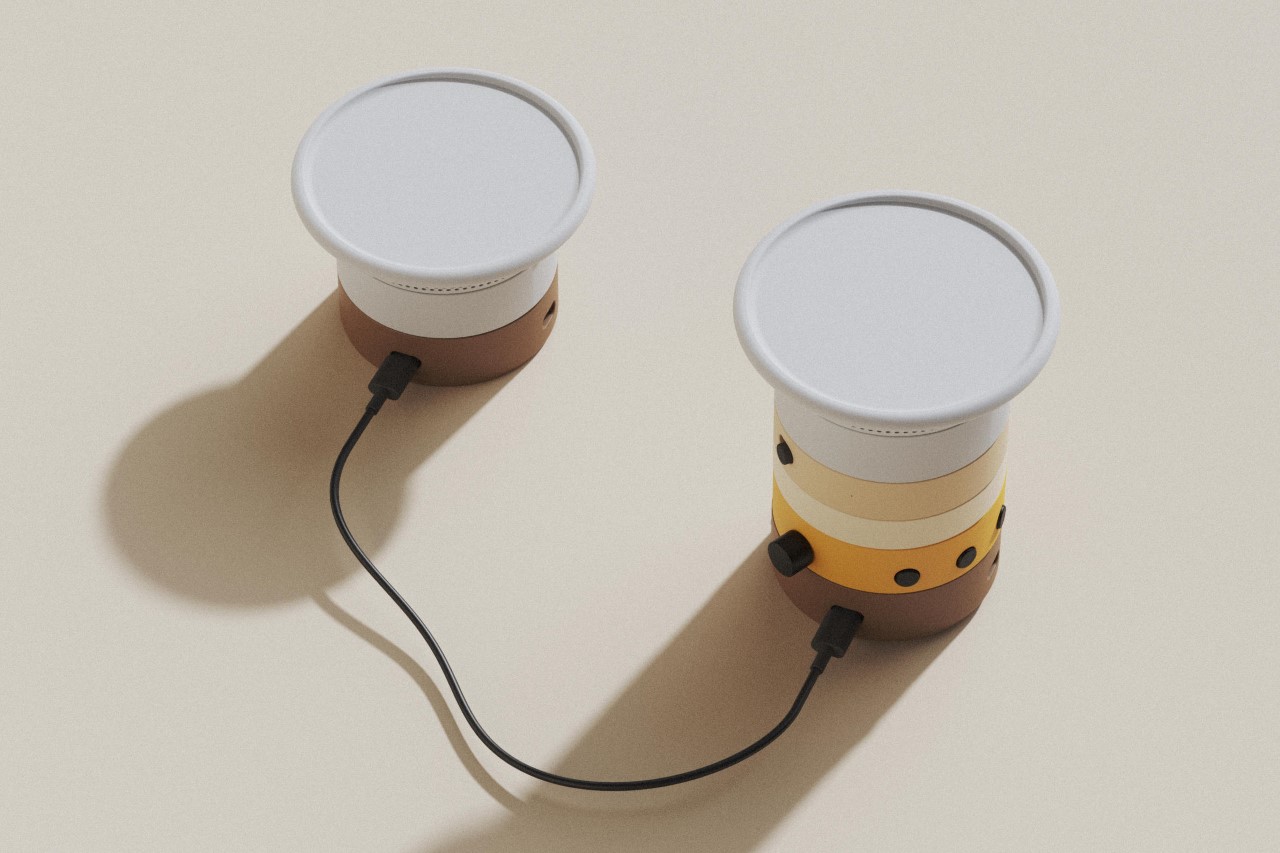
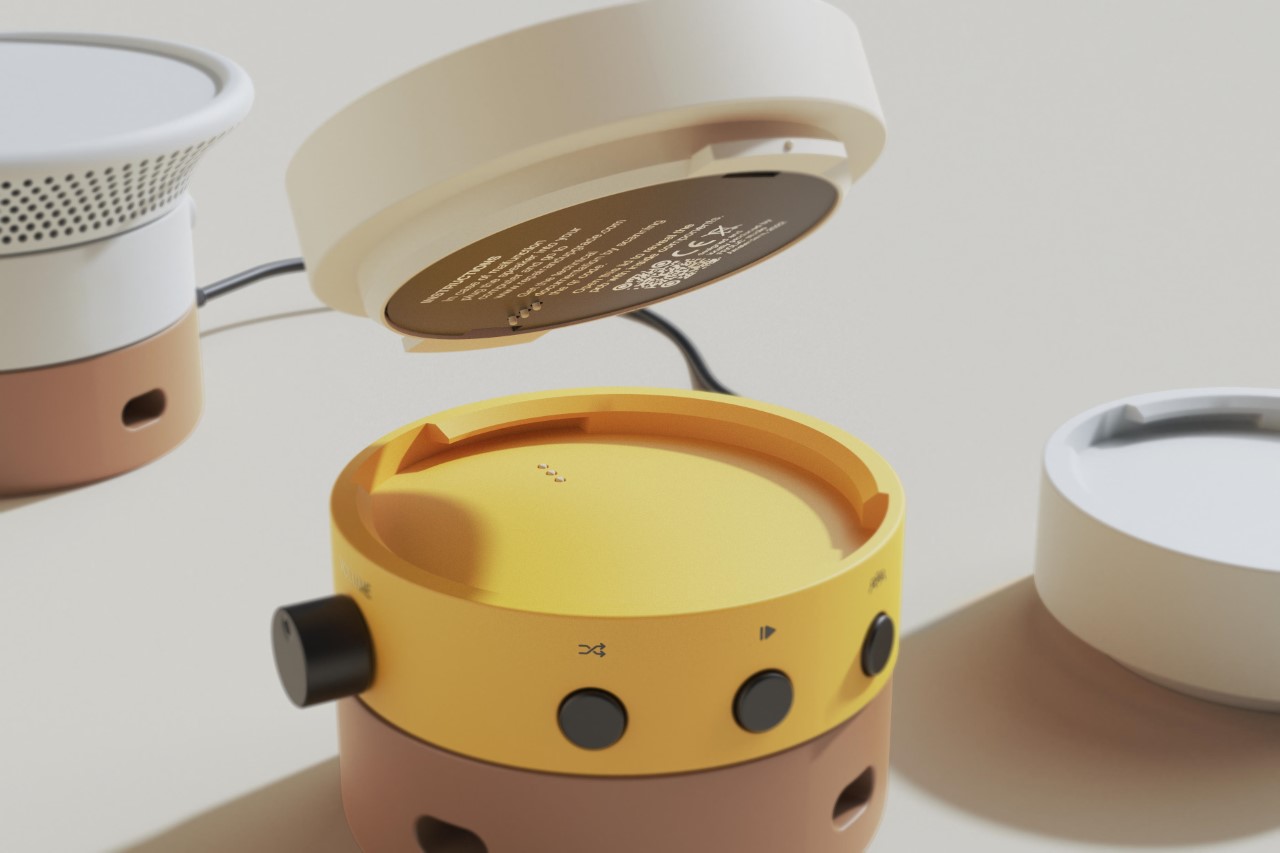
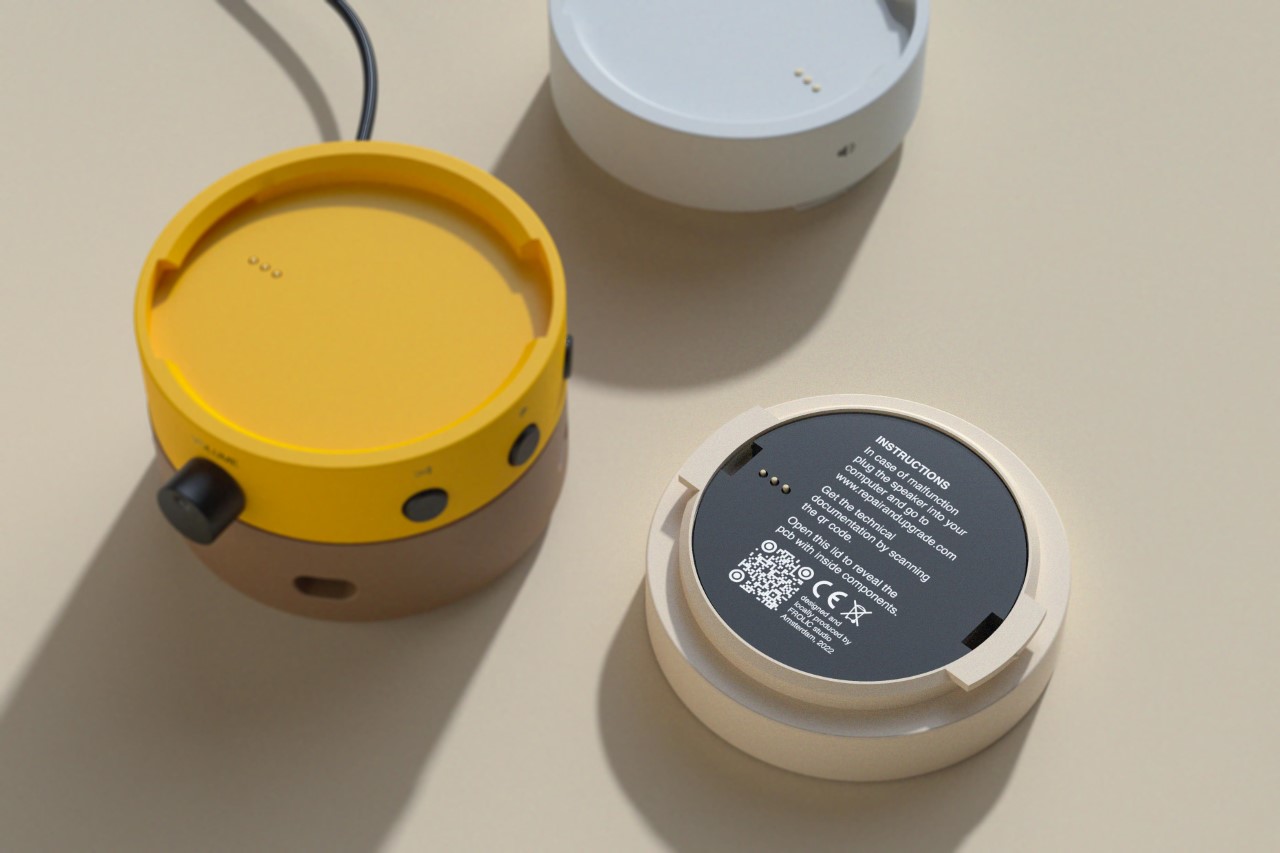
The post Exploring 4 Types of Sustainability through 4 different smart-speaker designs that embrace the circular economy first appeared on Yanko Design.
via https://ift.tt/uepjvK2
Post a Comment
Note: Only a member of this blog may post a comment.